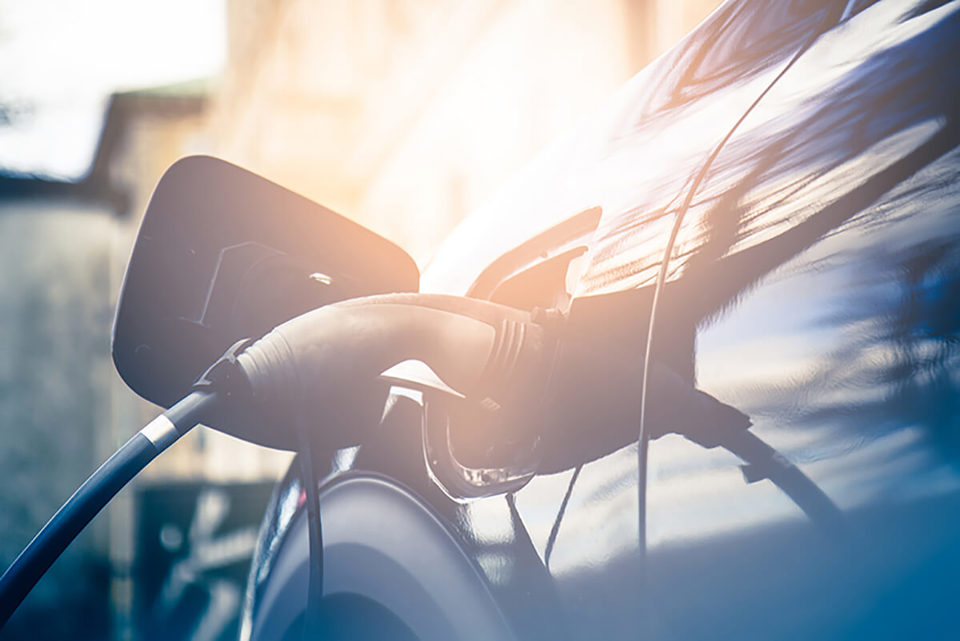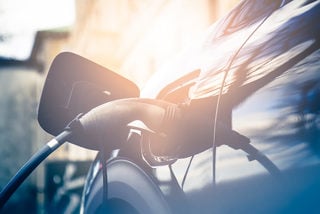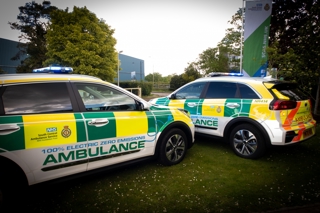Ofgem – the Government’s energy regulator – has announced a £300 million funding package for 200-plus net-zero schemes over the next two years.
The investment recognises that Britain’s cables, substations and other infrastructure need a massive upgrade to support this new demand for electricity as more people swap their internal combustion engine (ICE) vehicles for electric power.
Ofgem says that 39 motorway service areas and key trunk roads in England, Scotland and Wales, will get the cabling they need to install 1,800 new ultra-rapid charge points, tripling the current network.
A further 1,750 charge points will be supported in towns and cities.
Jonathan Brearley, chief executive of Ofgem says that the £300m was a “down payment” on the £40 billion of investment it had previously announced in Britain’s energy networks that it is making over the next seven years.
He added: “The payment will support the rapid take up of electric vehicles which will be vital if Britain is to hit its climate change targets.
“Drivers will have more charging options for longer journeys.”
Today’s announcement is the outcome of February’s call for evidence from Ofgem, the Energy Networks Association and each of the Distribution Network Operators.
Local electricity grids are run by Distribution Network Operators, with responsibility for carrying electricity from the high voltage transmission grid to industrial, commercial, and domestic users.
The 14 DNOs in Britain are each responsible for a regional distribution services area and are owned by six different groups. These groups include: Electricity North West Limited; Northern Powergrid; Scottish and Southern Energy Networks; UK Power Networks; and Western Power Distribution.
Sul Alli, director of strategy and customer service at UK Power Networks, said: “Electricity networks are on the front line of this exciting green revolution.
“This investment demonstrates what we can achieve by working together as an industry with the support of Government and our regulator, Ofgem.
“The investment in network capacity is going to facilitate a number of low carbon technologies to connect contributing to improved air quality and helping to reduce carbon emissions within our regions, as well as promoting jobs and economic recovery.”
Public charge point network grows 27%
The Ofgem investment comes as new figures, published by the Department for Transport (DfT), show that the public charge point network has grown by more than a quarter in a year.
The EV charging network has grown by 27% over the past 12 months (April 2020: 17,947 Vs April 2021: 22,790) and in the past quarter the network has grown by 9.7% (January 2021: 20,775).
Jack Cousens, head of roads policy for the AA, said: “The continued growth of the public charge point network is fantastic news and shows we are moving in the right direction.
“With more than 4,000 rapid charge points now available, drivers can obtain 80% charge within half an hour which will help calm the fears of both range anxiety and worries surrounding the availability of charge points.”
However, he added: “We need to continue the push for the charge point network expanding further and offering a wide range of solutions.
“A sustainable and visible charge point network will help convince more drivers to switch to electric.”
The Government's charge point plan was criticised last week by the Public Accounts Committee, which said it was not convinced it was on track to deliver the charging infrastructure required for all new car and van registrations to be zero-emission by 2035.
The Public Accounts Committee report said that up-front prices for zero-emission cars were also still too high for many consumers.
Separate research from Ofgem found that almost one in four (24%) drivers plan to buy an electric vehicle (EV) or plug-in hybrid in the next five years.
The Climate Change Committee anticipates around 18 million battery and plug-in hybrid electric vehicles will be on the road when ban on the sale of new ICE vehicles is introduced from 2030.
Ofgem’s research also showed that more than half (60%) would consider smart charging of their vehicle to avoid times when electricity is most expensive.
However, more than a third (38%) said they were unlikely to get an EV in the next five years, with pricing (59%), range (38%) and worries about having nowhere to charge their electric vehicle close to home (36%) perceived barriers.
The National Infrastructure Commission welcomed today's investment by Ofgem, but a spokesman said: "Government should also publish a roadmap for wider EV charging infrastructure this year, as we recommended in our annual monitoring report, to generate greater momentum towards decarbonising our roads that will help ensure the UK reaches its net zero goals."
Environment key for fleet electrification
More than half of fleets (56%) have cited a lower environmental impact as their main reason for either already having or planning to adopt alternative fuel vehicles, according to the Arval Mobility Observatory Barometer.
Most were keen to lower environmental impact (56%), then reducing fuel expenses (53%), followed by tax incentives (40%) and then the anticipation of future restrictive public policies (40%).
Only 29% of employers responded to fulfil employee requests, the least important reason cited for making the switch.
Shaun Sadlier, head of Arval Mobility Observatory in the UK, said: “In 2021, the subject that the fleet industry has for some years described as ‘alternative fuels’ is now dominated, almost to the exclusion of other options, by the topic of electrification.
“In that light, this question is largely about the move to battery electric vehicles and the main takeaway from these findings is that this trend is being driven by a wide range of factors. Across all nine possible responses, there was reasonable support for every option.”
Sadlier believes that this is an accurate reflection of the motives of fleets at this point in time.
He explained: “They are planning to move rapidly towards electrification because of the environment, low taxation, competitive whole life costs, corporate image and operational considerations, and all of these reasons are sound.
“This is why fleet adoption of BEVs is now happening very, very quickly. The number of factors that strongly supports their use as company cars and vans is resulting in considerable momentum.”





















Login to comment
Comments
No comments have been made yet.